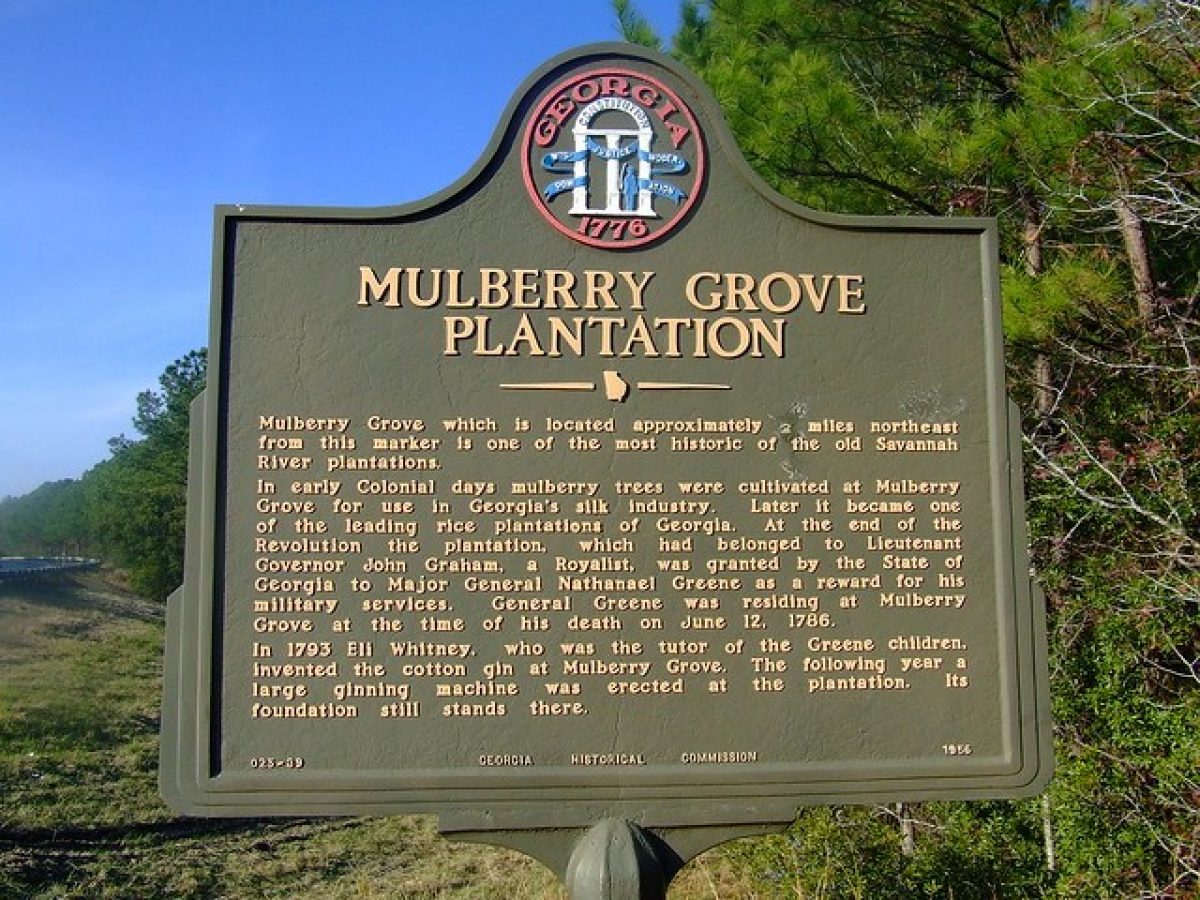There is an interesting entry in the Plantation Journal of Charles Manigault, 30th October 1864: “We met with a very sad loss to the Plantation. Mr. William Capers our experienced Overseer died on this day. He was a remarkable man and a true gentleman and I made more a companion of him than merely regarding him as a simple Overseer.”
Capers was actually related to Manigault because they married sisters. He went on to tell about Capers – “Mr. Capers assisted me in numerous ways during our four years War. He sent me regularly vegetables and other articles to my half-starved family in Augusta and also advanced me money, which I always returned. His Remains are deposited in the Church Yard, Cherokee Hill, not far (one mile) from where he died.”
William Capers’s grave is unmarked and the only information in the Cemetery archives indicates that he was born in 1816 and died Octo0ber 30, 1864 and that he was 49.
Also in the archives is the notice that Christmas Moultrie’s son Hardee is buried in the cemetery with no marker and the notice that he was born in 1895 and died in 1935.
